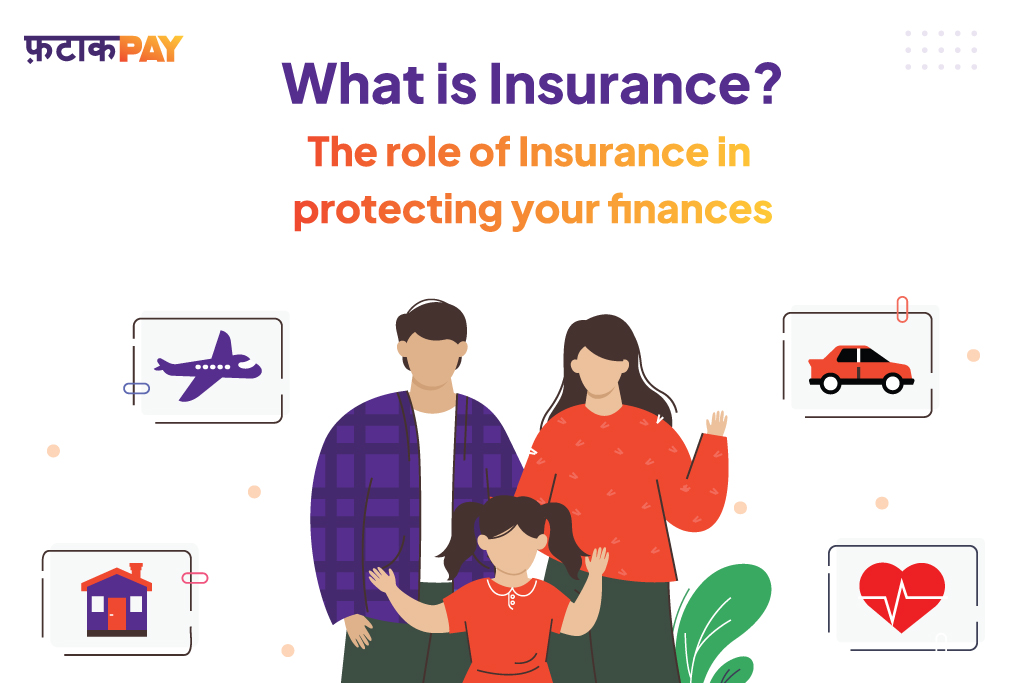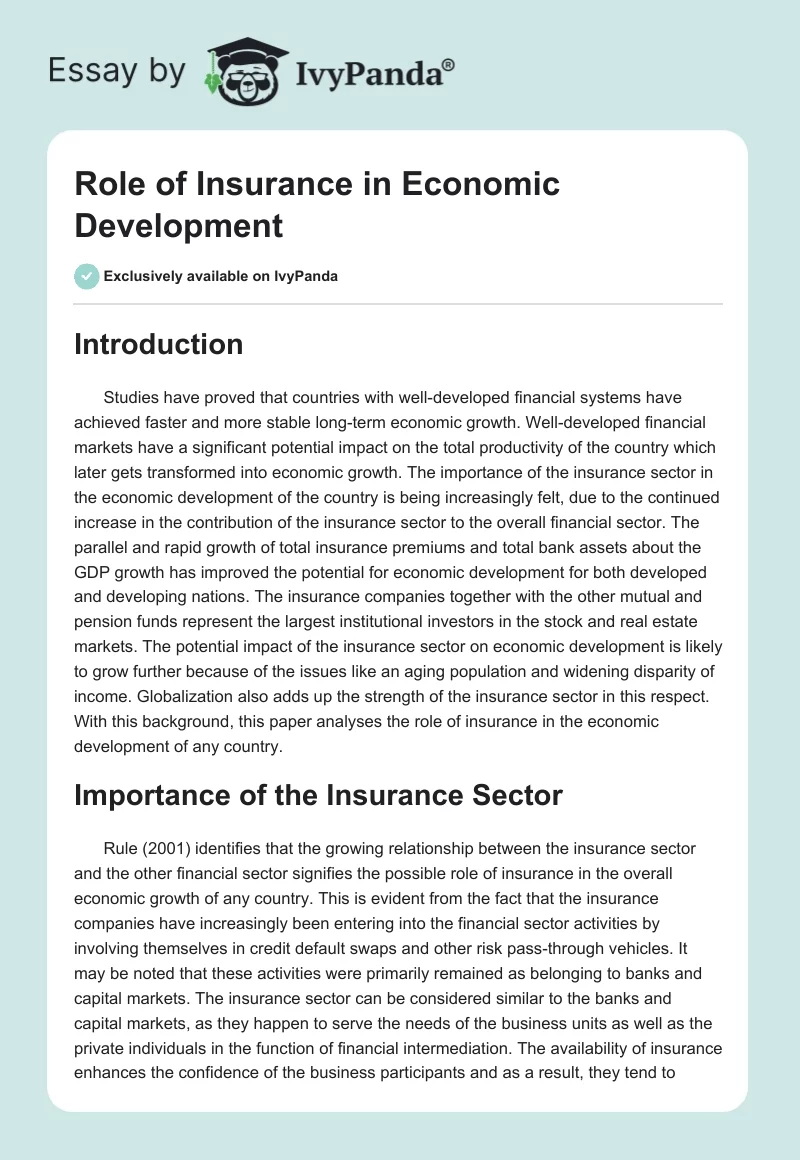What Does Pacific Prime Mean?
What Does Pacific Prime Mean?
Blog Article
Pacific Prime Fundamentals Explained
Table of ContentsThe Best Guide To Pacific PrimePacific Prime Things To Know Before You BuyThe Ultimate Guide To Pacific PrimeThe Only Guide to Pacific Prime
In the majority of states, the insurance firm is called for to send you a copy of the changes to your policy. It is essential that you review Recommendations or Bikers so you recognize how your plan has changed and if the policy is still sufficient to meet your demands. To get a copy of your insurance plan, please contact your insurance coverage representative or firm.
The Institute of Medicine (IOM) Board on the Consequences of Uninsurance launches a prolonged evaluation of proof that addresses the relevance of medical insurance protection with the magazine of this report. Insurance coverage Matters is the very first in a collection of 6 records that will be issued over the next two years documenting the reality and repercussions of having an approximated 40 million people in the USA without medical insurance coverage.

Some Known Incorrect Statements About Pacific Prime
The objective of this collection of research studies is to redouble policy interest on a historical issue. Adhering to the longest economic growth in American background, in 1999, an estimated one out of every six Americans32 million grownups under the age of 65 and greater than 10 million childrenremains uninsured (Mills, 2000).

10 percent of the population represent 70 percent of healthcare expenses, a correlation that has actually stayed continuous over the past three decades (Berk and Monheit, 2001) - international health insurance. Hence medical insurance proceeds to serve the function of spreading threat even as it significantly funds routine treatment. From the perspective of health care service providers, insurance coverage carried by their individuals helps safeguard an income stream, and areas take advantage of economically feasible and steady health and wellness treatment specialists and organizations
Federal government offers medical insurance to populations whom the private market may not offer efficiently, such as disabled and senior citizens, and populations whose access to healthcare is socially valued, such as children and pregnant ladies. The utmost ends of medical insurance coverage for the individual and communities, including office communities of workers and employers, are improved wellness end results and high quality of life.
An Unbiased View of Pacific Prime
Employees place medical insurance initially by much in value amongst all the advantages supplied in the office (Salisbury, 2001). There have been sizable investments of personal and public funds to give wellness insurance policy, lots of individuals still have no coverage. Despite considerable coverage of study searchings for and health and wellness care research results, the public remains confused and mistaken regarding Americans without medical insurance and the ramifications of doing not have protection.

Without question, the intricacy of American healthcare funding systems and the wide range of sources of info include in the general public's complication and suspicion regarding medical insurance stats and their interpretation. This report and those that will certainly follow goal to here distill and provide in conveniently reasonable terms the comprehensive study that bears on concerns of wellness insurance policy protection and its significance.
Fifty-seven percent of Americans questioned in 1999 thought that those without medical insurance are "able to obtain the care they require from doctors and medical facilities" (Blendon et al., 1999, p. 207). In 1993, when national focus was concentrated on the issues of the uninsured and on pending health treatment legislation, just 43 percent of those polled held this belief (Blendon et al., 1999).

They likewise get fewer precautionary services and are less most likely to have normal take care of persistent problems such as hypertension and diabetes. Chronic conditions can cause costly and disabling difficulties if they are not well handled (Lurie et al., 1984; Lurie et al., 1986; Ayanian et al., 2000). One nationwide survey asked even more than 3,400 grownups concerning 15 highly serious or dark conditions.
Getting The Pacific Prime To Work
Extra proof is offered later in this chapter in the conversation of insurance and accessibility to health and wellness care. https://pacificpr1me.bandcamp.com/album/pacific-prime. People without medical insurance are young and healthy and select to go without protection. Virtually half (43 percent) of those evaluated in 2000 believed that people without medical insurance are more probable to have health issue than people with insurance coverage
Voters and plan manufacturers in emphasis group conversations characterize those without insurance policy as youths that have the opportunity to be covered and feel they do not need it (Doorperson Novelli, 2001). Contrasted to those with at the very least some private protection, the without insurance are much less most likely to report remaining in outstanding or really excellent wellness (Agency for Medical Care Study and Quality, 2001).
RESOURCE: Center for Price and Funding Researches, Agency for Health Care Research and High quality, based upon MEPS information. Youthful adults between 19 and 34 are much more likely to do not have medical insurance than any other age. This is primarily because they are much less often eligible for employment-based insurance coverage as a result of the nature of their work or their brief tenure in it.
The assumption that people without insurance have better-than-average health and wellness follows from perplexing the reasonably young age profile of the without insurance with the much better wellness, generally, of younger persons. This obscures the link in between wellness standing and wellness insurance policy. For those without accessibility to workplace medical insurance, poor wellness is a potential barrier to acquiring nongroup insurance coverage because such insurance coverage might be very valued, leave out pre-existing conditions, or be simply not available.
Report this page